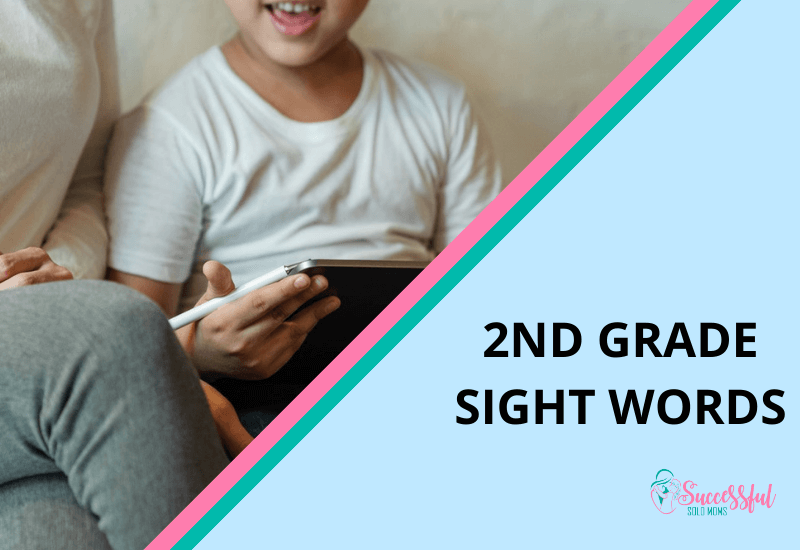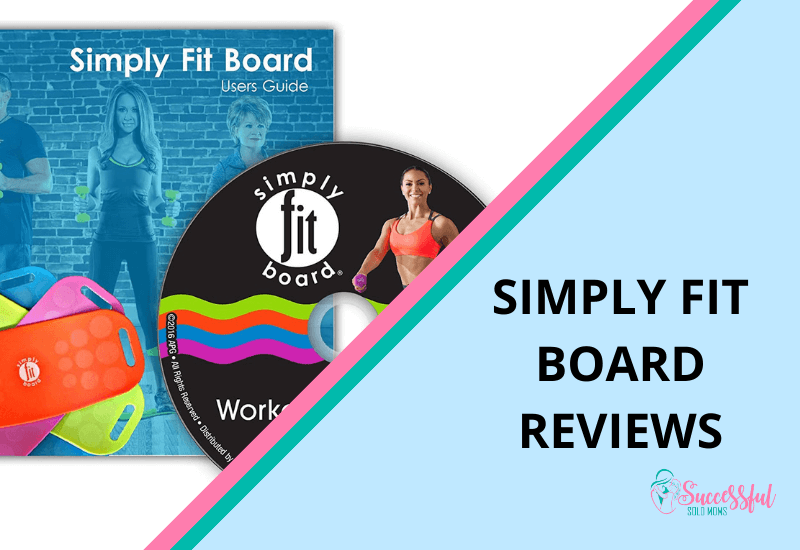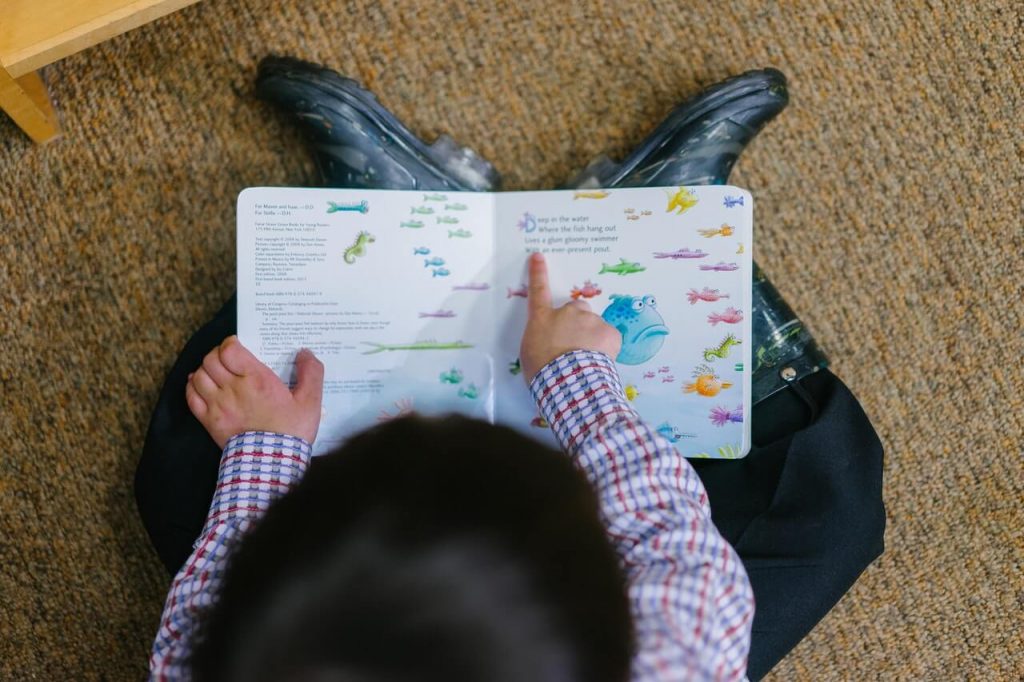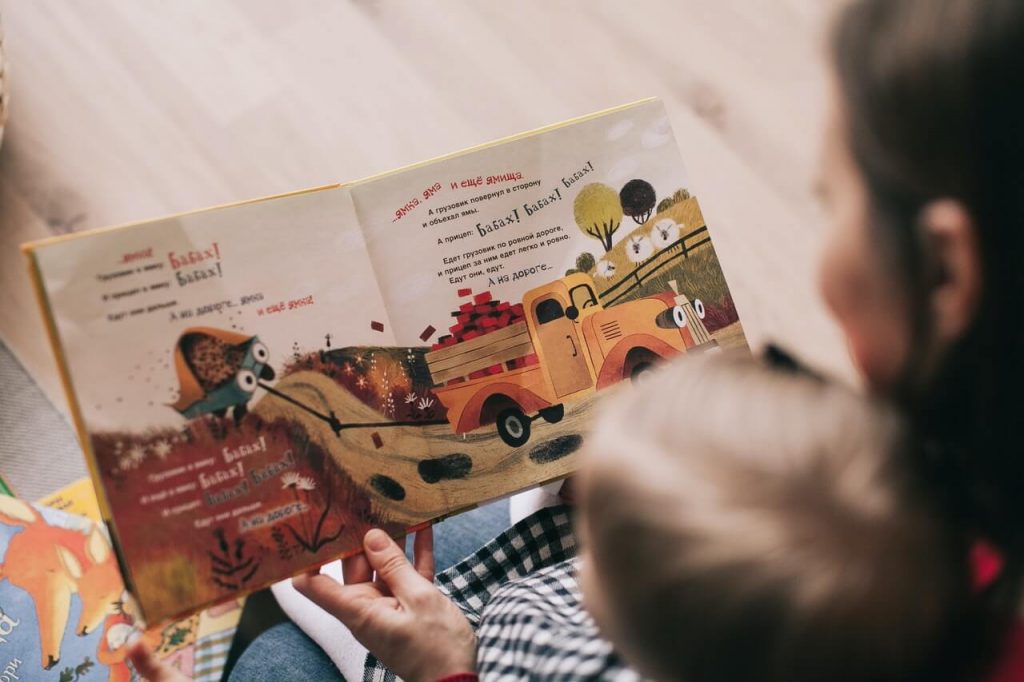
2nd Grade Sight Words
If this is your first time coming across the term ‘sight words,’ you’re not alone. It can be quite a task keeping pace with the various learning concepts for toddlers and young children. Well, let me help you out.
Sight words are words that don’t really follow the rules of spelling or six syllable types. These are words that children are taught to learn by heart since they’re not easy to learn by spelling alone. So why are they called sight words?
Children are taught to identify such words as a whole by sight. Examples of these words are ‘does’ or ‘come.’ We teach children to learn these sight words by heart. If you don’t do so, it’ll take a lot more time for them to grasp these words later on.
This, in turn, will increase the time they’d take to learn how to read and spell properly.
Printable 2nd Grade Sight Words
In order to make your work easier, I’ve included a 2nd-grade sight words list here to help your child learn quicker. This list has been developed by Dr. Edward Dolch. His list contains about 80 percent of the words you’re likely to find in children’s books and 50 percent of those you’d find in adult books.
Once a student learns these sight words, reading becomes an easy, even fun activity for them. There are about 315 Dolch sight words in existence, which are divided into groups in accordance with schooling grades.
About 46 of these sight words pertain to 2nd graders and are as follows:
Source: https://www.tes.com/lessons/BAPZcrKSWb4taA/copy-of-high-frequency-words
Make your child memorize these words by covering one column or one row at a time and asking them to read as quickly as possible. Ideally, your child shouldn’t take more than a second or two to recognize a word and move on.
Getting to this point may demand a fair bit of practice, but doing so will ensure your child is more confident at school.
Apart from the Dolch list, you can also use the Fry Sight Words list to familiarize your child with 2ng grade sight words. This list contains about 1,000 commonly used words. These account for about 90 percent of the words used in newspapers, books, and other reading materials.
Sight Words Checklist
I’d suggest you create a checklist to identify which words your child missed out on. Use a copy of this checklist every time you have them practice reading, and you’ll be able to pick out the words they’re struggling with.
Here are a few tips on how you can use the checklist:
- Write down your child’s name and grade
- Write down the date of the learning session
- Jot down the words in neat columns with a blank beside each word
- If the child skips a word or reads it incorrectly, mark it as such in the blank
- If the child answers correctly, mark that accordingly too
- Add extra markings where the child is able to answer correctly within one second
Additional tip: Use a different copy of the checklist each time you hold a practice session or use differently coloured pens on the same checklist.
How To Approach Teaching Sight Words
So you know you can use readymade sight word lists and create checklists to help your child learn sight words. But how do you approach teaching them these words? The answer is simple: make it fun.
Children in the 2nd grade are typically 6-7 years of age and, as such, have quite a short attention span. If you try and drill these words into them, you may make it even more challenging for them to learn. Instead, take a light and informal approach.
Create games, puzzles, and other fun activities to help them memorize these words. Plenty of these are available in the form of apps you may be able to download for free. However, you can even find ideas on how to create some of these games at home with the help of online learning websites.
In case your child continues to face reading difficulties despite your best efforts, you can use this program called Children Learning Reading to accelerate the learning process. This program has helped thousands of parents worldwide teach their child how to read in a fun yet effective way. I also encourage you to read my thorough review of Children Learning Reading.
You can spare their website a quick look, and you’ll see the glowing reviews posted there by parents whose children can now read well. They have a few free resources and a trial period to help you get started and see how your child fares with the course. The no questions asked, 60-day money-back guarantee they offer is proof that they’re confident you’ll be satisfied with their product.
Activities To Teach Sight Words
In this section, I’ll be suggesting a few easy activities you can do at home to help teach your child learn 2nd-grade sight words. Before you dive in and engage in these activities, I’d suggest you first explain the importance of learning sight words to your child. Understanding why they’re useful will spark their interest and make them willing participants in your lessons.
Here are a few activities I’d suggest to help you get started:
Word Boxing
Word boxing is as easy as it sounds. You simply jot down a word neatly and clearly in big letters on a piece of paper. Then, you carefully draw an easily visible box around each individual letter. In doing so, you’ll help your child visualize the entire word in their mind.
This, in turn, will help them commit these words to memory.
Use Pictures
What better way to help your child visually remember words and spellings than by adding pictures? Using small and colorful pictures will help them visualize words clearly and, consequentially, memorize them. Now, I know you can’t possibly add pictures for each and every word, as some of them are hard to picture.
However, I’d suggest you get creative where you can and look for images online with suitable filters to suit your needs. You’d be surprised at how many fitting images you could find!
Use Actions
Children generally love action-oriented games, and they’re sure to join in the fun if you try and teach them using actions. You’re sure to enjoy this activity too. After all, who doesn’t love a good game of charades?
Use gestures and actions to indicate the word you’re trying to help them memorize. For instance, if you’re trying to mime the words ‘sleep’ and ‘write,’ you could easily act out these words and keep doing so until your child guesses correctly.
This is the most fun activity I’ve featured here and is sure to keep your child engaged long enough to help them learn a host of new words.
Use Flash Cards
Using flashcards is a great learning tool for people of all ages, but they’re especially useful for children. Though you can print flashcards from various online sources, I’d suggest you make them yourself. In fact, get your child involved and have them help you to make it a fun art and craft activity.
You can use differently colored chart papers, sketch pens, glitter, and even stickers to make the flashcards as bright and attractive as possible. The more visually appealing they are, the more your child will want to learn the words written on them. Make sure you use large, bold letters while writing on these cards so that your child can read them from a distance.
Use these cards every day to help your child practice sight words for a few minutes before or after school. Once they recognize how much it can help them read, they’ll be eager to master all of them before long.
Conclusion
Teaching your 2nd grader to learn sight words can be a tricky and time-consuming process if you go about it the wrong way. Learning should ideally be a fun and adequately stress-free activity for them if you really want them to do well academically. This goes for both learning at home and in the classroom.
As I mentioned in previous sections, sight words are not easy to learn as they have to be memorized rather than understood. This is why you’ll need to put in extra efforts to help your child recognize and spell out sight words. 2nd grade is usually the ideal period for a child to take to reading and display an interest in children’s literature.
If you can show them that their interest will be well rewarded when they learn to read sight words, they’ll surely respond with enthusiasm. Though none of the activities and techniques I’ve mentioned above are fool-proof ways of teaching your child read sight words, they’re worth trying nonetheless.
You can use any one of these methods in isolation or a combination of them to help your child advance quickly. Make sure you check out the lists and online tools above as well if you’re low on time. Remember: a little help can go a long way when it comes to learning.







